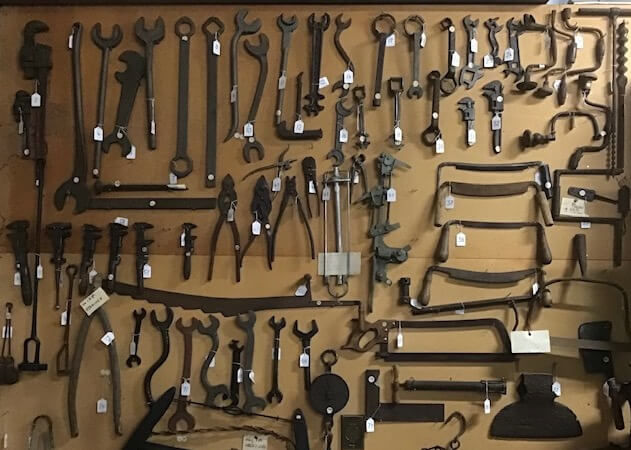Our Society is run entirely by Volunteers
We have a dedicated group of volunteers who work 'front of house' on open days and special events, as well as contributing hundreds of hours working on projects at the museum and from home. Everything you see: exhibitions, photographs, books, our impressive collection of historic documents and family histories are the work of our volunteers. Volunteering also has a social element, an opportunity to meet like-minded people. We always need more helpers so contact us if you love history and have a few hours per week to offer.

About Us
The Society is run totally by volunteers. We rely on funds from membership fees, fundraising projects, sales of books and donations and grants. This assists in maintaining and developing the resource centre and museum. The resources that have been collected are quite comprehensive, with over 4000 photographs, information about many prominent local families. We hold an extensive library of local history books, a collection of historical maps, and an archive of many records. The focus is mainly on the farming and agricultural history of the region.
 | Currently the ‘Shed ‘is being renovated to display many of the tools. |
There are also a number of members who have had long term connections to the history of the district and have been able to provide an excellent recall about people, places and events that have occurred. The items on display and the contents of the research archives are preserved for the use and enjoyment of the community and visitors.
VISIT THE MUSEUM ON OPEN DAYS,
1st and 3rd SUNDAYS UNTIL END OF MAY
We held a successful Open Day on Sunday, 21 April 2024, as part of the Heritage Festival organised by the National Trust. Our Museum is a listed National Trust building which we showcase to the general public. Everyone is welcome to visit us on our Open Day Sundays or by appointment. In the late 1840s, pastoral properties on the Bellarine were subdivided into wheat fields and then smaller farms growing onion, potato, asparagus, dairies, etc when the railway arrived. It was the major food supplier to the Port Phillip District. As the population grew, towns prospered. You can view historical buildings in Drysdale and Portarlington using our well-documented walking and driving guides. View the Old Mill, Grand Hotel, school houses, elegant churches, simple cottages, early commercial and other establishments. At the Museum enjoy new exhibitions of artefacts from an earlier, almost forgotten age. View PowerPoint images of historic Bellarine. Book an appointment or make a research request using this button.